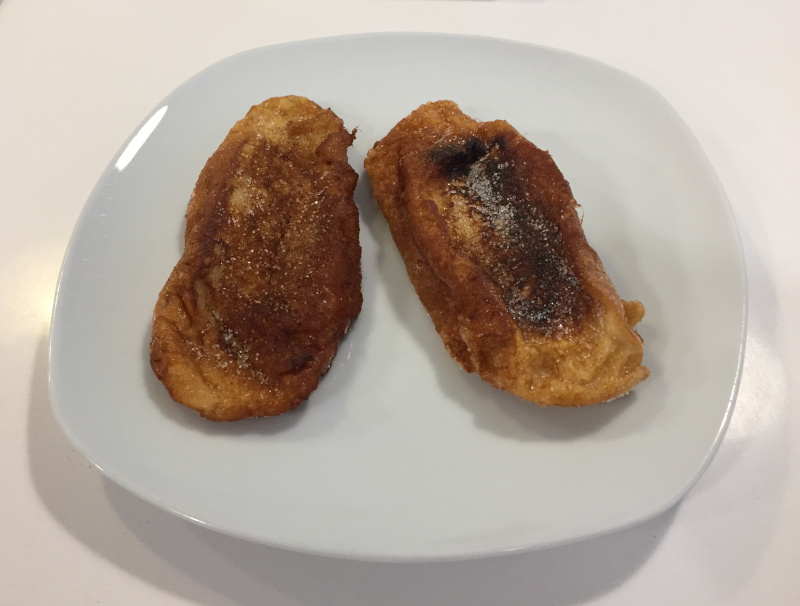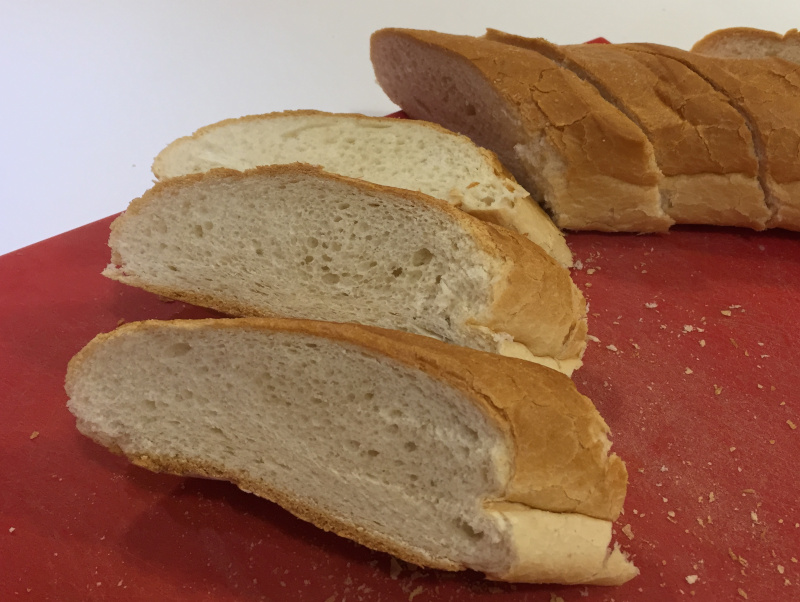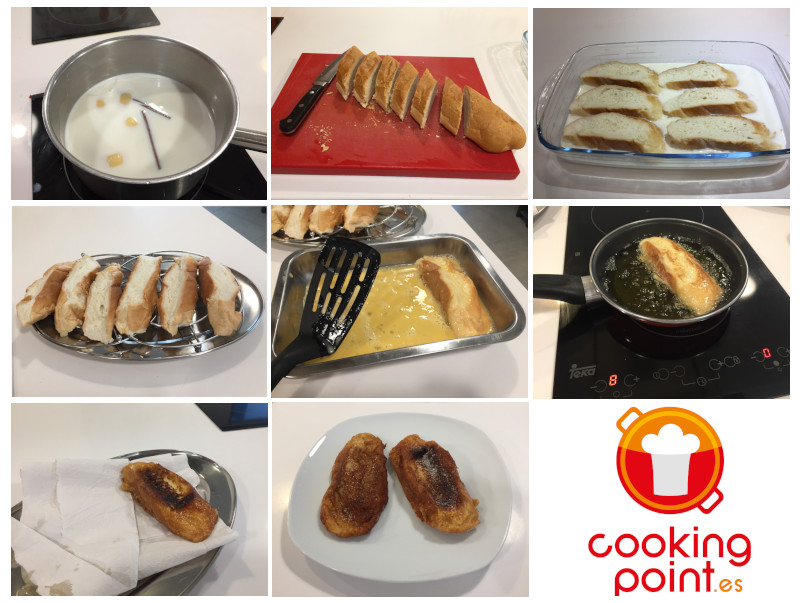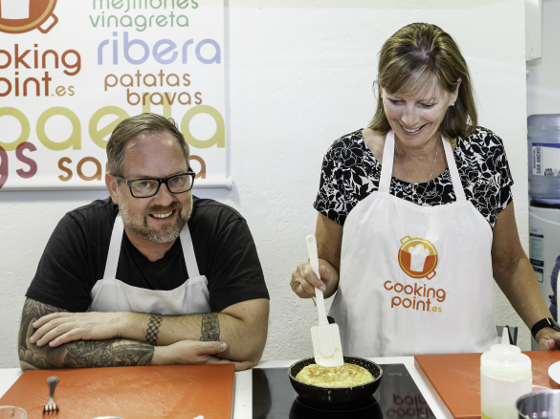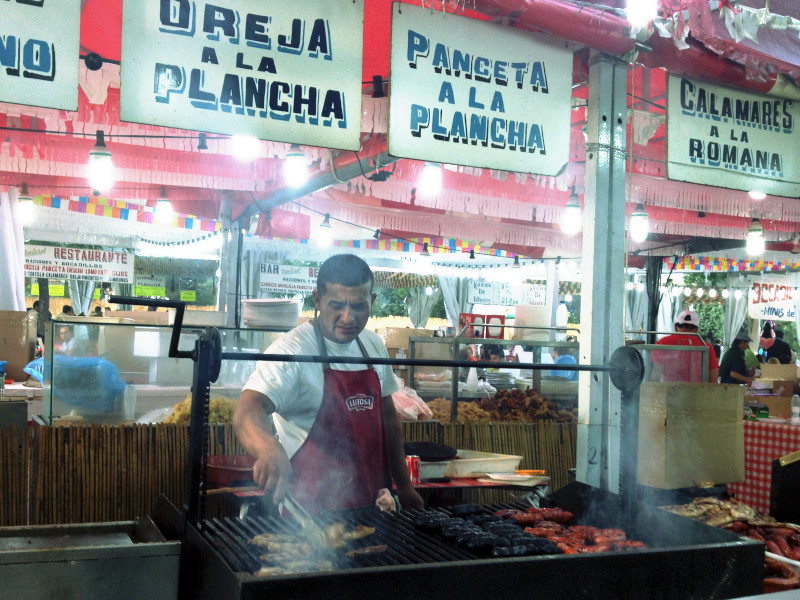According to the Royal Academy of the Spanish Language’s dictionary, a torrija is a slice of bread soaked in milk or wine, dipped in egg, fried, and sweetened. Under a similar definition, we find other dishes from other countries, such as French toast in the United States, pain perdu in France, or Fotzelschnitten in Germany. All similar, but all different. In all cases, they try to make a tasty sweet dessert from basic and humble ingredients such as bread and milk.
They probably have similar origins in history, as it seems Romans already enjoyed something like it. The gastronome Marcus Gavius Apicius (AD 1st century), described a kind of porridge soaked in milk that might be considered the ancestor of all these bread and milk recipes. In the case of the Spanish “Torrija”, it is first mentioned in the early 16th century in a satiric poem by Juan de la Encina (1468-1529).
For centuries, the torrijas were poors food: a cheap way to recharge energy using two basic foods such as bread and milk (or wine). Their sobriety turned them into perfect fuel for some days of Lent, during which the Catholic Church forbids its faithful to consume meat. That is why nowadays torrijas are associated with Easter.
As in many other recipes where there are variations among different nations, in the Spanish recipe, you just need to replace butter with (olive) oil and vanilla with lemon zest and cinnamon.
However, the most remarkable difference is that we eat them cold, at room temperature, much better the next day they are made. Regarding the time of the day, almost any moment is suitable for eating torrijas, not only for breakfast. As a matter of fact, they are considered a dessert in many houses and restaurants.
The ideal bread for torrijas is any with close crumb which gives tighter consistency in the texture. Due to the amount of dough per inch, closed crumb bread can absorb more liquids when used in recipes that use moist ingredients like here with the milk.
In France it is used brioche or sugar bread, which contains milk, butter, sugar, and egg in addition to the flour. In Spain, it is a kind of white bread which is not sweet at all, as it has no butter and little sugar. In any case, stale or day-old bread works better because it absorbs more liquid.
Ingredients:
Method:
All you should know about the potato omelet: recipe, customs, best places to eat in Madrid.
Madrid celebrates its San Isidro festival in mid-May. A good opportunity to try some typical street food of Spain's festivals.
